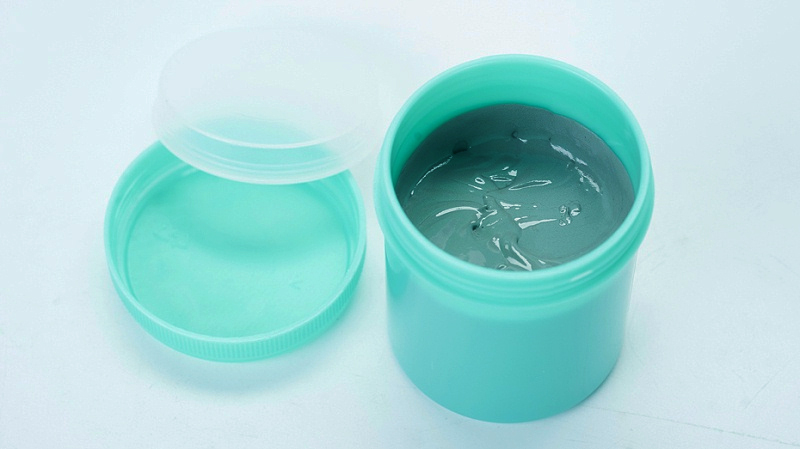What are the types of solder paste used in electronic assembly manufacturing?

In the process of PCB assembly, solder paste is one of the essential materials. It is mainly used in the solder paste printing process of SMT surface mount technology. Solder paste is classified according to lead content and melting point. In actual welding processes, different types of solder paste are selected based on the processing requirements of different PCBA. Let's take a closer look at the types of solder paste available.
1. Lead-based and lead-free solder paste
In PCBA processing, solder paste is classified as lead-based or lead-free. The tin-lead ratio in lead-based solder paste is about 6:4. Lead-based solder paste is not only cost-effective but also has excellent welding effects. However, due to its non-compliance with environmental protection requirements and potential harm to human health over prolonged exposure, many countries have prohibited its use. In response to environmental protection calls, lead-free solder paste, made up of tin and other metal alloys (mainly copper and silver), has emerged. Nowadays, most SMT surface mount factories use lead-free solder paste for solder paste printing.
2. Low-temperature, medium-temperature, and high-temperature solder paste
If solder paste is classified according to melting point, it can be divided into low-temperature, medium-temperature, and high-temperature solder paste. The melting point of low-temperature solder paste is around 138℃, that of medium-temperature solder paste is around 172℃, and that of high-temperature solder paste is around 220℃.
Firstly, we need to understand that the melting point of solder paste is related to the composition of the solder paste alloy. For example, high-temperature solder paste is composed of silver/copper alloys with high melting points. The choice of solder paste is based on the temperature resistance range of different welding components and PCB boards. Low-temperature or medium-temperature solder paste is used for components that are not resistant to high temperatures, while high-temperature solder paste is used for components that are resistant to high temperatures. Solder pastes with different melting points also have different characteristics. For instance, medium-temperature solder paste has good adhesion, while high-temperature solder paste has high reliability.
One of the advantages of SMT is its low defect rate of solder joints. The rational use of solder paste not only directly affects the printing effect of SMT but also is a key factor in improving welding quality and reducing solder joint defects.

